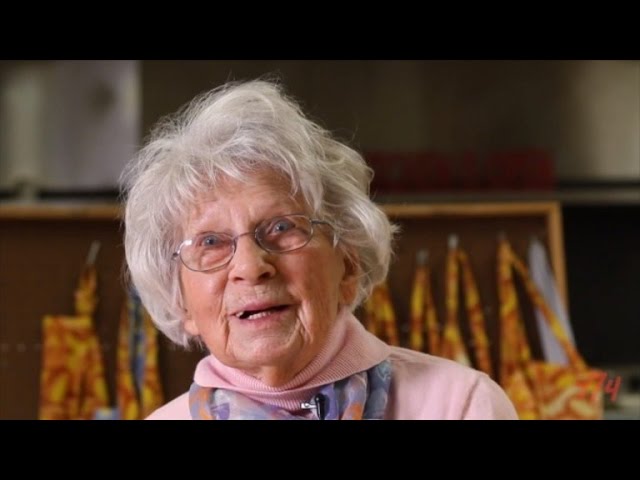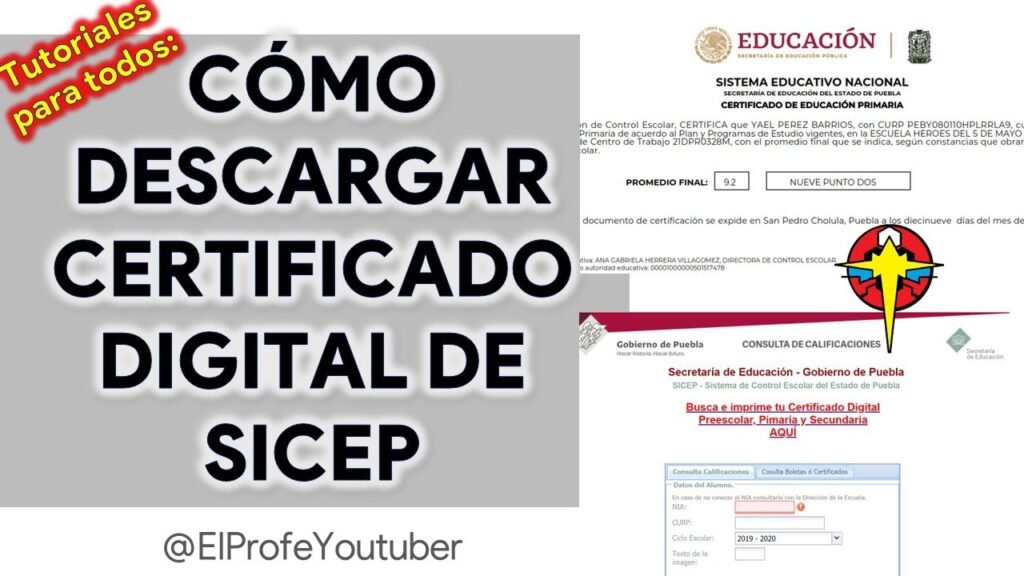The Origins of the Secretariat of Public Education in Mexico
The Secretariat of Public Education, or SEP, is a pivotal institution in Mexico’s educational landscape, with historical roots deeply intertwined with the Mexican Revolution and the broader social reforms that unfolded in its wake. Founded on October 3, 1921, by José Vasconcelos, the SEP was established as a response to the urgent need for an educative reconstruction in the post-revolutionary period. Vasconcelos, an influential philosopher and politician, served as its first secretary and was instrumental in shaping the educational policy in Mexico.
Under the auspices of Vasconcelos, the SEP embarked on a monumental task to combat illiteracy and foster an environment that encouraged intellectual and artistic development. During the early years, the SEP’s mission was not only to provide basic education but also to create a national identity based on the country’s pre-Hispanic cultural heritage and the ideals of the revolution. This mission led to significant efforts in expanding the reach of education to all corners of the nation, including rural and indigenous communities.
An innovative aspect of SEP’s formation was its focus on indigenismo, a movement that sought to embrace and integrate indigenous culture within the national narrative. Vasconcelos believed in the importance of cultural inclusivity and worked towards creating an educational system that reflected the diverse mosaic of Mexican society. His administration facilitated the creation of rural schools and the distribution of textbooks, which were also translated into various indigenous languages to ensure broader accessibility and comprehension.
Additionally, the SEP was responsible for an extensive muralism program that adorned the walls of public buildings with educational, nationalistic, and revolutionary themes. These murals were meant to not only beautify spaces but also serve as didactic tools to educate the illiterate population about the country’s history and values. Artists such as Diego Rivera, David Alfaro Siqueiros, and José Clemente Orozco were commissioned to create these powerful and emblematic works, which have since become a defining feature of Mexican culture.
Major Milestones in the First Century of the Secretariat of Public Education
The foundation of the Secretariat of Public Education (SEP) in 1921 marked a pivotal chapter in Mexico’s history. Under the leadership of José Vasconcelos, the SEP was instrumental in launching ambitious literacy campaigns. These campaigns had a profound impact on reducing illiteracy across the nation, making education more accessible to all layers of society. The inclusive approach championed by the SEP in its early days set the stage for a transformative era in Mexican education.
In the 1930s, the SEP played a critical role in the development of the Mexican muralism movement. Prominent artists such as Diego Rivera, David Alfaro Siqueiros, and José Clemente Orozco were commissioned to paint murals in public buildings. These art pieces were not only cultural expressions but also educational tools used by the SEP to communicate social and political messages to the broader public, enhancing cultural awareness and national identity.
Digital advancements in the late 20th century brought a new frontier to the Secretariat’s mission. The introduction of educational technology programs sought to integrate computers and digital resources into the classroom. This initiative equipped students with the tools necessary to compete in an increasingly globalized world and demonstrated how the SEP adapted to changing times by embracing technological advancements.
The turn of the century saw the SEP tackle another challenge: educational quality and standardization. As Mexico’s population and its demands for skilled labor grew, the Secretariat initiated several reforms aimed at improving the curriculum standards, teacher training, and evaluative metrics for students and schools alike. The outcome of these initiatives sought to align Mexico’s educational system with international standards of teaching and learning.
In recent years, the SEP has been focusing on higher education and technical training as keys to economic development. The expansion of university programs and polytechnic institutes reflects the Secretariat’s commitment to fostering specialized skills in the workforce. These efforts highlight the SEP’s enduring focus on adapting educational strategies to meet the evolving demands of the Mexican economy and labor market.
Influential Educators in the History of Mexico’s Public Education
Throughout the history of Mexico’s public education, several educators have left an indelible mark on the country’s academic and cultural landscape. These individuals have not only shaped the curriculum and methods of teaching but also infused the education system with a passion for learning and social justice.
One such towering figure is Justo Sierra, a writer, and educator who worked at the turn of the 20th century. Sierra was instrumental in the founding of the Universidad Nacional de México, now known as the Universidad Nacional Autónoma de México (UNAM), which remains one of the most prestigious universities in Latin America. He advocated for education as a means to national progress and was named the Secretary of Public Instruction, where he implemented major educational reforms.
Another key figure is José Vasconcelos, who served as the Secretary of Education in the 1920s. Vasconcelos campaigned for education for all, regardless of race or social status, and was responsible for a massive literacy campaign across the country. His belief in the transformative power of education led to the establishment of rural schools and libraries, and his influence extended to the philosophical and cultural enrichment of the curriculum.
Gabino Barreda, a promoter of positivism in Mexico, was also a crucial influence on the nation’s education system. His emphasis on science and reason led to the development of the National Preparatory School, which aimed to prepare students for higher education. Barreda’s philosophic legacy continued to influence Mexican education long after his time and laid the ground for modern scientific inquiry and education methodologies in Mexico’s schools.
These educators have played a pivotal role in not only crafting the educational policies of Mexico but also in inspiring countless students and teachers to pursue knowledge and cultivate intellect in the service of their nation. Their contributions continue to be felt across the generations, as the public education system in Mexico evolves to meet new challenges and opportunities.
Looking Forward: The Next Era for the Secretariat of Public Education
The Secretariat of Public Education in Mexico, also known by its Spanish acronym SEP, stands on the threshold of a transformative phase. With the swift pace of technological advancement and a changing global economy, the upcoming era for the SEP is poised to redefine educational standards and practices. The institution is gearing up to introduce innovative policies and structures that will enrich the learning experience for millions across the nation.
Central to the SEP’s new vision is the integration of digital tools in the classroom. This evolution beckons a move away from traditional teaching methodologies, facilitating an environment where interactive learning is the norm. Bridging the digital divide, particularly for remote and underserved communities, remains a top priority. By ensuring equitable access to technology, the SEP aims to foster a more inclusive educational landscape.
Another key aspect of the SEP’s agenda is the focus on bilingual education. Recognizing the importance of language proficiency in a globalized world, initiatives are in place to strengthen English language instruction at all grade levels. This strategic emphasis not only prepares students for international opportunities but also promotes cultural awareness and understanding.
In addition, the SEP is placing a significant emphasis on sustainability and environmental education. Preparing the next generation to tackle climate change and promote sustainable practices is seen as a critical component of modern education. Schools are encouraged to incorporate green strategies and teachings, ensuring that students are conscientious global citizens ready to contribute to a greener future.


